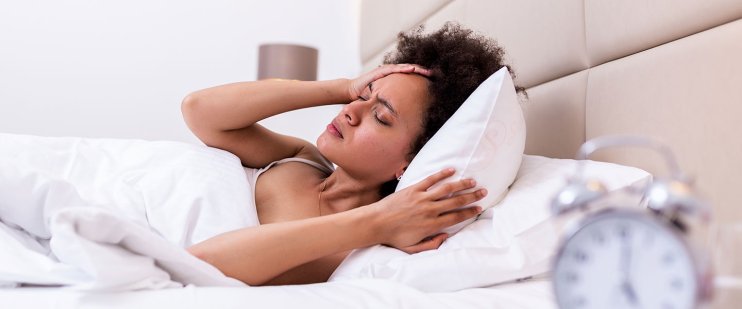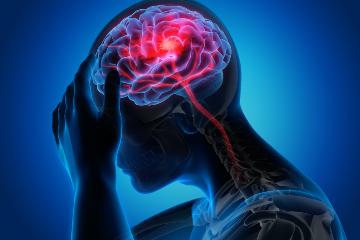Vestibular migraine: what symptoms do you have? How to diagnose it?


Vestibular migraine affects 1% of the population and combines episodes of vertigo, dizziness and headache, and can last up to 72 hours. It is caused by a disorder in the vestibular system, located in the inner ear.
Vestibular migraine combines episodes of vertigo, usually accompanied by dizziness, and a throbbing unilateral headache, which can last up to 72 hours.
The most common cause of this pathology is that the person who suffers has a disorder in the vestibular system, located in the inner ear, responsible for maintaining balance and stability. At the moment in which this system is affected, the person may feel a sensation of vertigo, dizziness that can even trigger nausea.
In turn, this disorder may have been caused by times of stress, insomnia, changes in temperature, ingestion of unhealthy foods or beverages, such as alcohol or caffeine, or hormonal changes.
Vestibular migraine symptoms

The most common symptoms suffered by people with vestibular migraine are:
- Throbbing unilateral headache. That is, an intermittent pain located only on one side of the head, between moderate and severe.
- Another of the most common symptoms is photophobia, an abnormal intolerance to light that intensifies that headache.
- Finally, phonophobia, which is also usually one of the most prominent symptoms in these episodes. In this case, it consists of a strong irrational annoyance at loud sounds.
In addition, these symptoms may be accompanied by neck pain, discomfort when looking up, a feeling of pressure in the ear, ringing in the ear, or vision disturbances.
How to diagnose it?
The diagnosis of vestibular migraine is made fundamentally based on the detection of the symptoms set out above, that is, on the patient's medical history. However, the diagnosis is complemented by an otoneurological physical examination that studies the function of balance.
This diagnosis must be made by an otolaryngologist, who will also determine the ideal treatment for each case. This treatment usually includes vestibular sedatives and anti-inflammatory drugs to combat the different migraine attacks.
But also, after passing these crises, the patient is recommended to go to vestibular rehabilitation. Where a physiotherapist performs with the patient a set of techniques and physical exercises to regain stability.





























